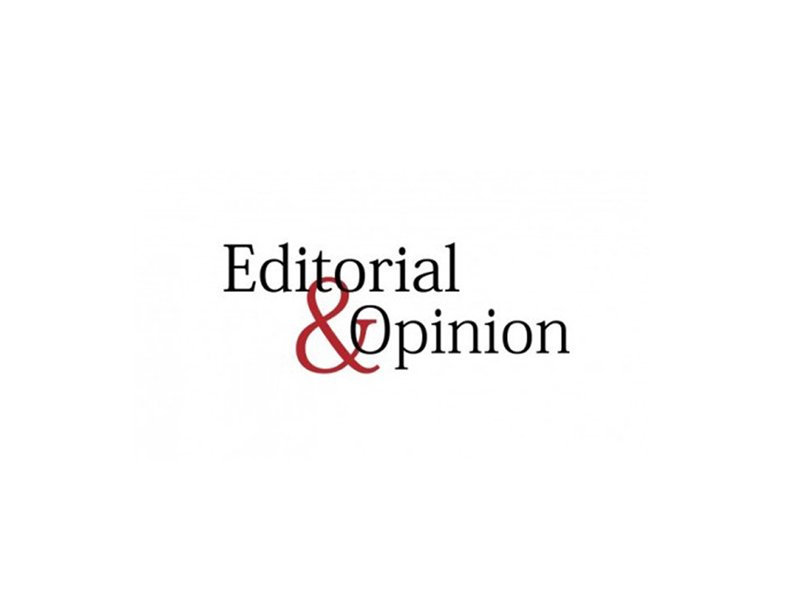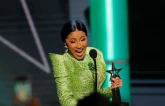
On all counts the country has shown a declining trend. Over the same period, in economic participation and opportunity, Pakistan has slipped from 112 to 150, from 110 to 143 in educational attainment, from 112 to 149 in health and survival and from 37 to 93 in political empowerment. The report says economic opportunities for women in Pakistan are limited with the country only managing to bridge 32.7% of the gap between men and women in the workplace. In health and survival, the gap has widened to 94.6%, which means women do not have the same access to healthcare as men.
Among the seven South Asian countries included in the index, Pakistan occupies the last position. Bangladesh has ranked 50, followed by Nepal 101, Sri Lanka 102, India 112, the Maldives 123, and Bhutan 131. The region has closed two-thirds of its gender gap. In the region, female population is 860 million. Among the eight regions of the world, South Asia’s gender gap is the second-largest after the Middle East and North Africa region, where only 61% of the gender gap has been closed.
Pakistan’s declining position on the gender parity index is an indictment of both its government and society. Bangladesh has left India, known as the second-fastest growing economy of the world, far behind in the gender parity index. With life expectancy at 72.49 years, and literacy rate at 72.8% (female 70.09%, male 75.7%), it is doing better than India in child immunisation and birth control.
Published in The Express Tribune, December 18th, 2019.
Like Opinion & Editorial on Facebook, follow @ETOpEd on Twitter to receive all updates on all our daily pieces.












COMMENTS
Comments are moderated and generally will be posted if they are on-topic and not abusive.
For more information, please see our Comments FAQ